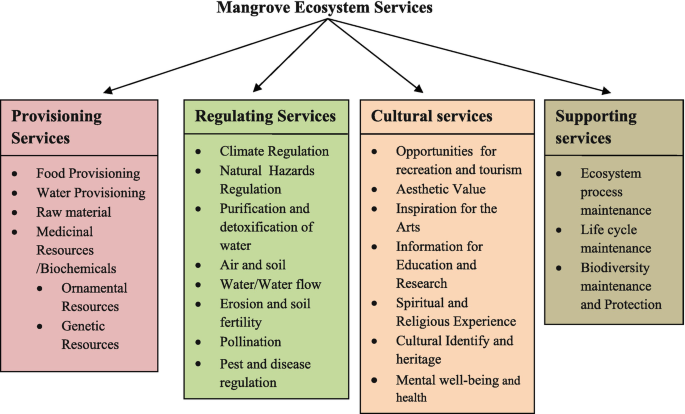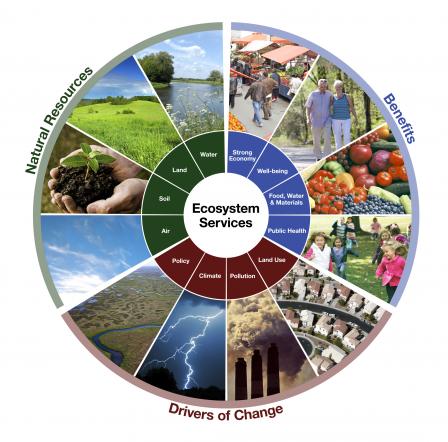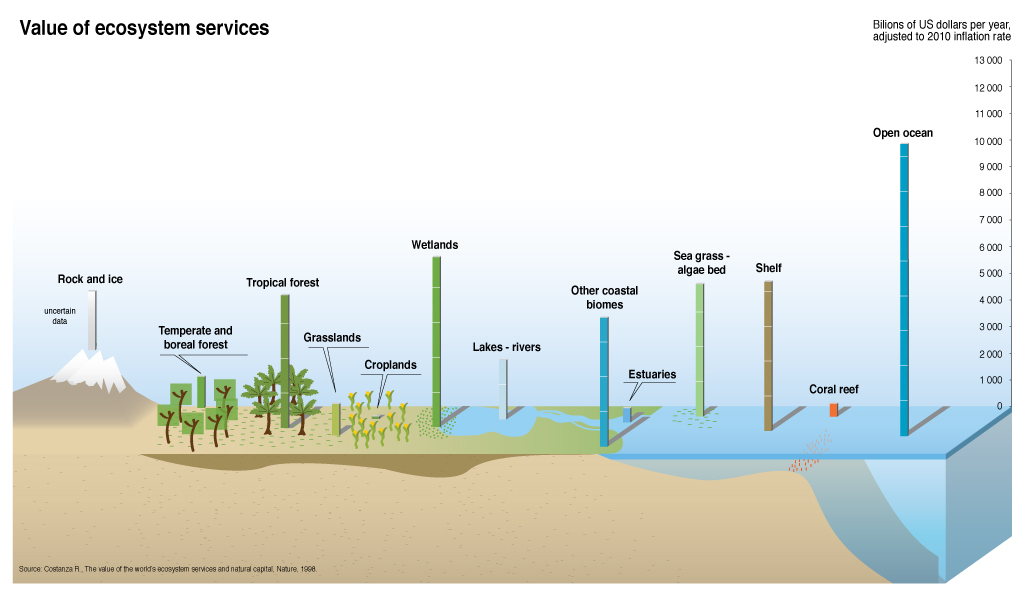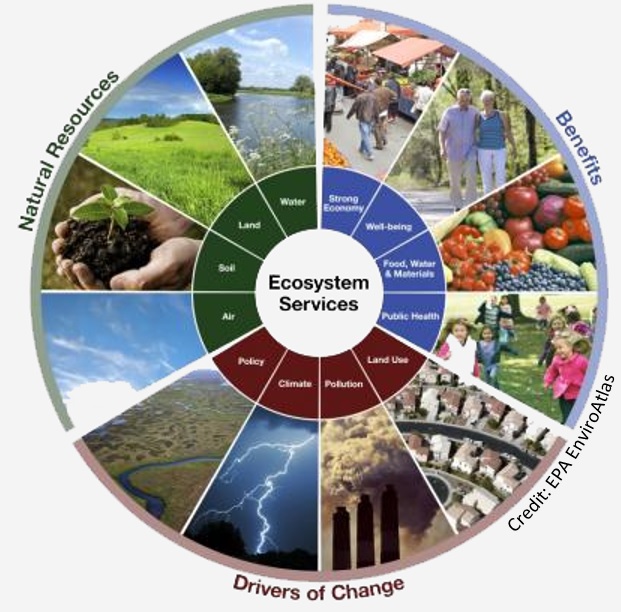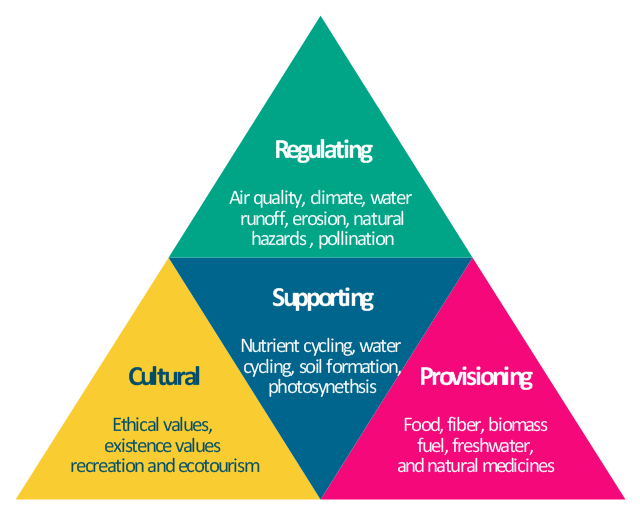Topic animals in a grassland ecosystem: Explore the vibrant world of grassland ecosystems, where diverse animals adapt and thrive in vast, open landscapes. Discover their roles, challenges, and the importance of conservation in maintaining this crucial ecological balance.
Table of Content
- What animals are commonly found in a grassland ecosystem?
- Overview of Grassland Ecosystems
- Key Animals in Grassland Ecosystems
- Adaptations for Survival
- Role of Predators and Prey
- Impact of Climate on Grassland Fauna
- Conservation Efforts and Challenges
- YOUTUBE: Ecosystems Episode 3: The Grassland Ecosystem
- Human Impacts on Grassland Ecosystems
- Grassland Ecosystems Around the World
- Future of Grassland Ecosystems
What animals are commonly found in a grassland ecosystem?
Animals commonly found in a grassland ecosystem include:
- Prairie dogs - small mammals that live in colonies and create burrows in grasslands.
- Bison - large herbivores that graze on grasses in the grassland ecosystem.
- Elk - another herbivorous mammal commonly found in grasslands.
- Deer - herbivores that feed on grasses and shrubs in the grassland habitat.
- Pronghorns - fast-running herbivores that are well adapted to grassland environments.
- Giraffes - iconic animals known for their long necks and found in African grasslands.
- African elephants - large herbivores that inhabit savannas, a type of grassland ecosystem.
- Black rhinoceros - another herbivorous mammal typically found in African grasslands.
- Black-footed ferrets - carnivorous mammals that prey on animals inhabiting grasslands.
READ MORE:
Overview of Grassland Ecosystems
Grassland ecosystems are vast open lands dominated by grasses, which serve as a crucial habitat for a myriad of wildlife. These ecosystems are characterized by their soil, climate, flora, and fauna, making them unique environments that support diverse life forms. Grasslands are found across the globe, from the savannas of Africa to the prairies of North America, each with its distinct ecosystem.
- Soil in grasslands is often rich and fertile, developed from the decay of deep-rooted grasses that die and regenerate over time.
- The climate varies from semi-arid to humid, influencing the types of species that can thrive.
- Flora primarily consists of grasses that have adapted to conditions such as drought and fire, with trees and large shrubs being less common.
- Fauna includes a range of herbivores, carnivores, and omnivores, each playing a vital role in the grassland food web.
Grasslands are essential for biodiversity, providing habitats for numerous species, including many that are endemic or threatened. They also offer ecosystem services such as soil erosion control, carbon sequestration, and support for agriculture. However, these ecosystems face threats from human activities, climate change, and land conversion, highlighting the need for conservation efforts.
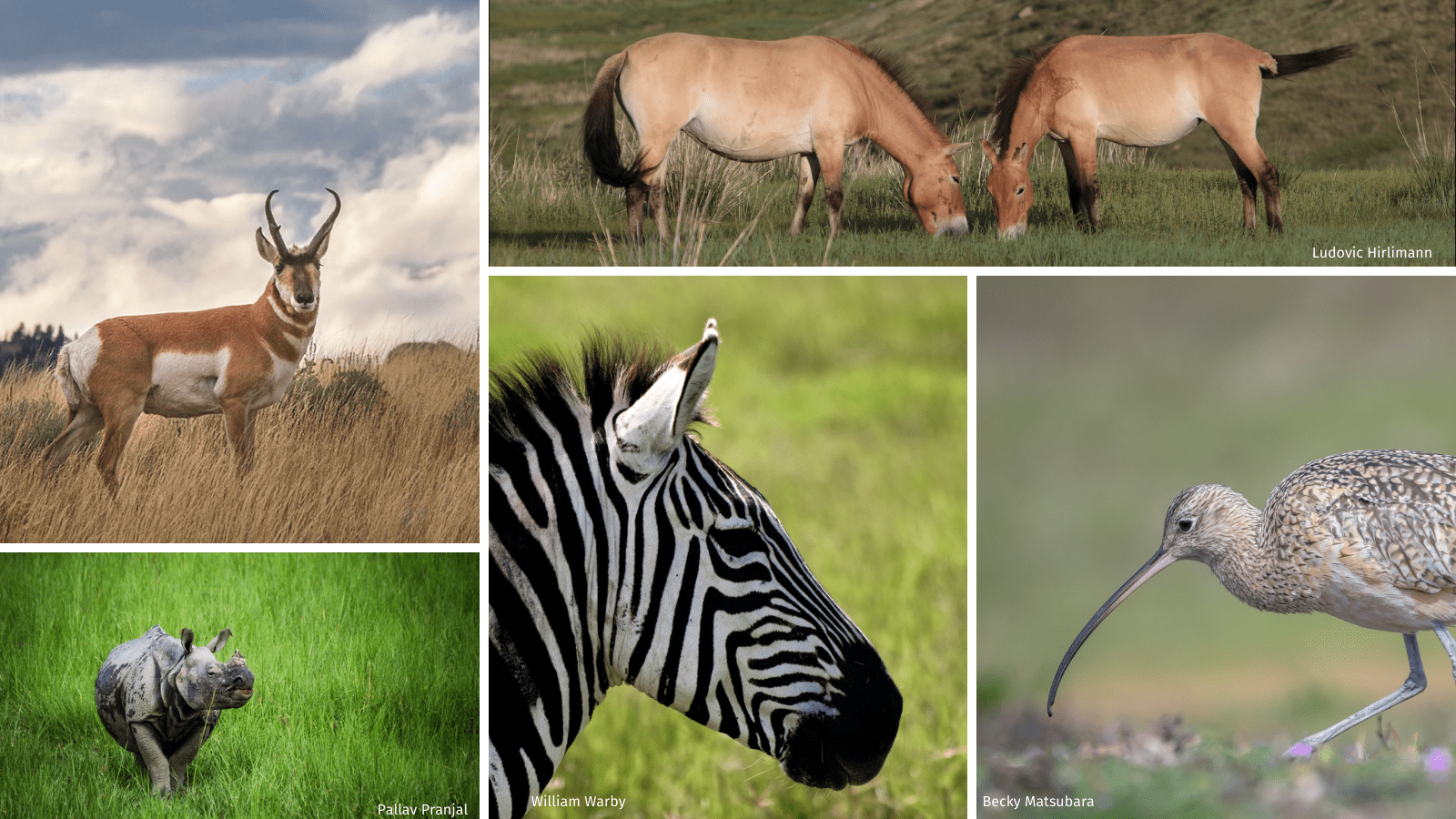
Key Animals in Grassland Ecosystems
Grassland ecosystems are teeming with life, supporting a diverse array of animal species adapted to their open, often unpredictable environments. These animals play crucial roles in maintaining the ecological balance, serving as prey, predators, and vital contributors to the grassland"s biodiversity.
- Herbivores: Large herbivores such as the American bison in North America, zebras and wildebeests in African savannas, and kangaroos in Australian grasslands graze on the vast expanses of grass, shaping the landscape and influencing the distribution of plant species.
- Carnivores: Predators like the African lion, cheetah, and the gray wolf in North America rely on these herbivores for food, playing a critical role in population control and thus maintaining the health of the grassland ecosystem.
- Small Mammals: Prairie dogs in North America and meerkats in Africa are vital for promoting soil aeration through their burrowing activities, which also provide habitats for other species.
- Birds: Species such as the American grassland"s greater prairie chicken and Africa"s secretary bird are adapted to life in open spaces, contributing to seed dispersal and controlling insect populations.
- Insects: Insects, including grasshoppers and butterflies, are not only primary consumers in these ecosystems but also serve as crucial pollinators for many grassland plants.
Each species within the grassland ecosystem plays a unique role, contributing to the complex web of life that characterizes these rich and vibrant habitats. The conservation of these key animals is essential for preserving the health and diversity of grassland ecosystems worldwide.
Adaptations for Survival
Animals in grassland ecosystems exhibit remarkable adaptations that enable them to survive and thrive in these expansive habitats. These adaptations are crucial for coping with the challenges posed by the grassland environment, such as predation, climate variability, and food scarcity.
- Camouflage: Many grassland species have evolved coats or feathers that blend into the grassy landscape, helping them avoid predators. This includes animals like gazelles and prairie dogs, whose colors match the earth and grasses, making them less visible.
- Speed and Agility: Predators and prey in grasslands often possess exceptional speed and agility. Animals like cheetahs, the fastest land animals, use their speed to catch prey, while antelopes and zebras have evolved to be fast and agile to escape predators.
- Digestive Adaptations: Herbivorous animals have developed specialized digestive systems to efficiently process the tough, fibrous grasses that make up the bulk of their diet. Ruminants like bison and wildebeest have multi-chambered stomachs that facilitate the breakdown of cellulose.
- Social Behavior: Many grassland animals live in herds or packs, which offers protection against predators. The collective vigilance of a group helps in spotting danger early, and in some cases, like with buffalo, they can collectively defend against a predator.
- Burrowing: Small mammals, such as prairie dogs, have adapted to grassland life by burrowing into the ground. These burrows provide shelter from predators and extreme weather, and the digging activity helps to aerate the soil, benefiting the ecosystem.
- Water Conservation: In the often arid environments of grasslands, animals have developed ways to conserve water. This includes getting moisture from food, reducing activity during the hottest parts of the day, and possessing kidneys that excrete highly concentrated urine to minimize water loss.
These adaptations not only highlight the evolutionary ingenuity of grassland species but also underscore the interconnectedness of the grassland ecosystem, where each species plays a role in sustaining the environmental balance.
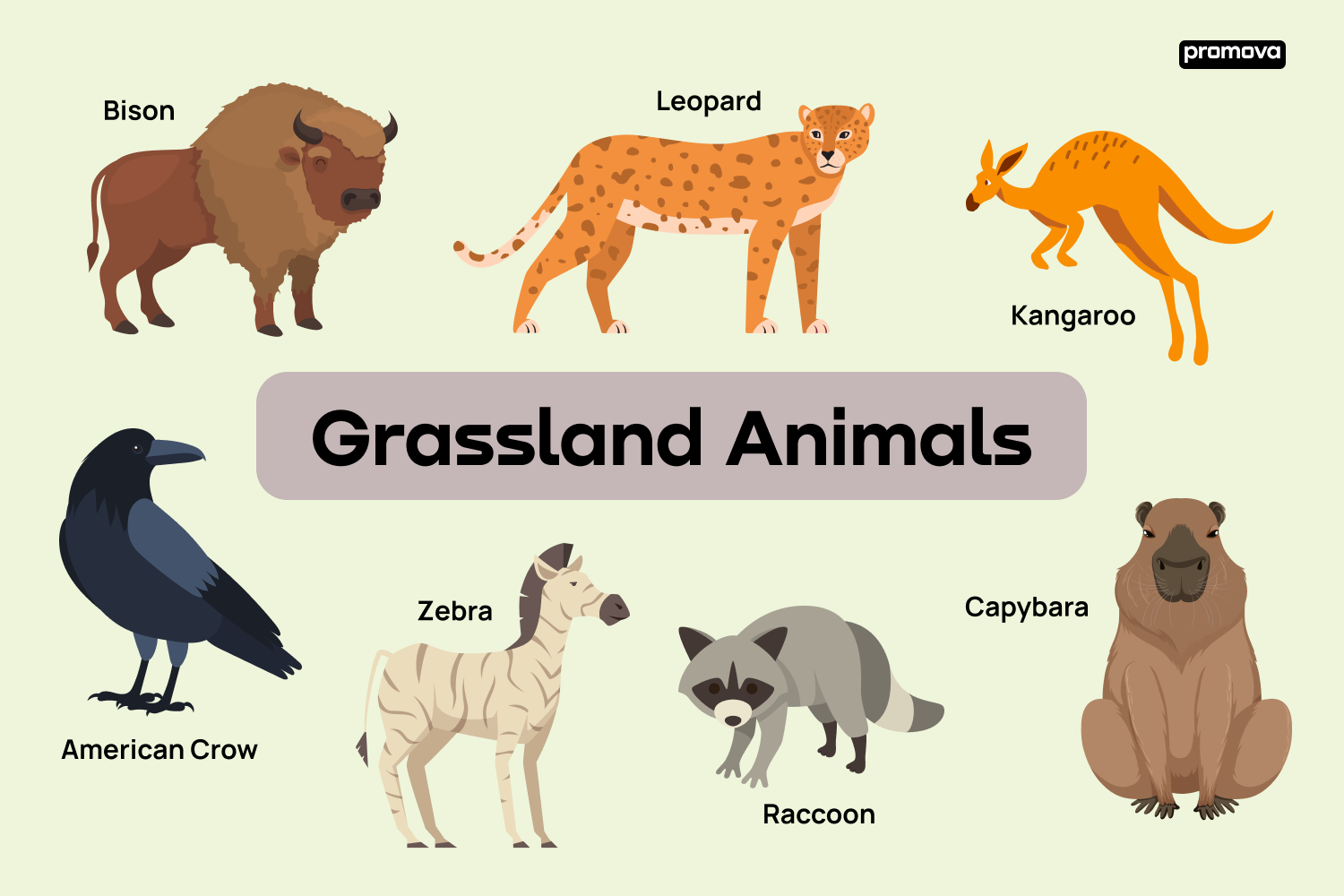
Role of Predators and Prey
The dynamic between predators and prey is a fundamental aspect of grassland ecosystems, maintaining the balance and health of these environments. This intricate relationship ensures biodiversity, controls population sizes, and facilitates energy flow through the ecosystem.
- Natural Population Control: Predators regulate prey populations, preventing overgrazing and ensuring vegetation remains abundant and diverse. This balance supports a variety of life forms and maintains soil health.
- Behavioral Influence: The presence of predators influences the behavior of prey species, leading to more diverse grazing patterns and reducing the risk of habitat degradation.
- Genetic Selection: Predation pressure can lead to the natural selection of traits in both predators and prey, promoting genetic diversity and resilience within populations.
- Ecosystem Health: By controlling the populations of herbivores, predators help maintain the structure and function of grassland ecosystems, contributing to their overall health and productivity.
- Trophic Cascades: Predators play a critical role in trophic cascades, where changes in the predator population can have far-reaching effects on the ecosystem, influencing the abundance of species several levels down the food web.
Understanding the role of predators and prey helps in the conservation of grassland ecosystems, highlighting the importance of all species in maintaining ecological balance. Effective management and conservation strategies must consider these relationships to preserve the diversity and functionality of grasslands worldwide.
Impact of Climate on Grassland Fauna
The climate plays a pivotal role in shaping grassland ecosystems and the fauna that inhabit them. Changes in temperature, precipitation patterns, and extreme weather events directly affect the survival, distribution, and behavior of grassland animals.
- Temperature Fluctuations: Rising global temperatures can alter habitat conditions, making them less suitable for some species. Animals may migrate to cooler areas, leading to shifts in species distributions and potential conflicts with human activities.
- Water Availability: Changes in rainfall patterns affect water sources, impacting species that rely on consistent water supplies. Droughts can lead to reduced food availability, stressing herbivore populations and, in turn, their predators.
- Extreme Weather Events: Increased frequency of extreme weather, such as storms and droughts, can destroy habitats, disrupt food chains, and lead to sudden decreases in animal populations.
- Seasonal Shifts: Climate change can lead to shifts in the timing of seasonal events, affecting migratory patterns, breeding seasons, and the availability of food resources. This can disrupt established ecological relationships and survival strategies.
- Adaptive Responses: Animals are forced to adapt to changing conditions, which can lead to rapid evolutionary changes or increased mortality for those unable to adapt. However, some species may benefit from warmer temperatures or increased CO2 levels, potentially leading to an increase in their populations.
The impact of climate on grassland fauna underscores the importance of monitoring ecosystem health and implementing conservation strategies that enhance resilience to climate change. Protecting and restoring grassland habitats can help mitigate some of the adverse effects, ensuring the survival of diverse species in these vital ecosystems.
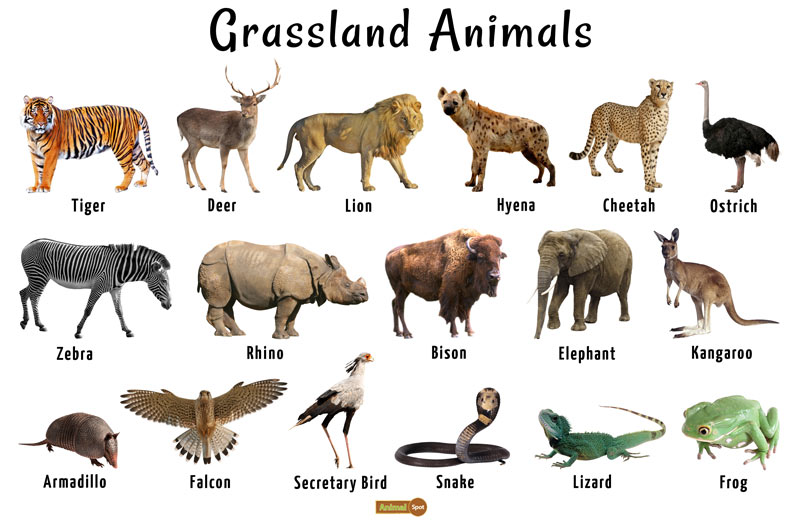
Conservation Efforts and Challenges
Conservation of grassland ecosystems is vital for preserving biodiversity, mitigating climate change, and maintaining ecosystem services. These efforts face several challenges but also present opportunities for sustainable management and restoration.
- Habitat Restoration: Efforts to restore grasslands include reseeding native plants, removing invasive species, and reintroducing key animal species. Restoration aims to revive the ecological balance and enhance biodiversity.
- Sustainable Grazing Practices: Implementing sustainable grazing practices helps prevent overgrazing, soil degradation, and loss of native vegetation. Rotational grazing and limiting livestock numbers are strategies to maintain healthy grasslands.
- Protected Areas: Establishing protected areas safeguards critical habitats from development and agricultural expansion. These areas serve as refuges for threatened species and ecological research sites.
- Climate Change Mitigation: Grasslands play a significant role in carbon sequestration. Conservation efforts focus on managing grasslands in ways that maximize their potential to store carbon and contribute to climate change mitigation.
- Community Involvement: Engaging local communities in conservation efforts is crucial for success. Education and collaboration with landowners and indigenous peoples ensure that conservation measures are culturally appropriate and economically viable.
Despite these efforts, challenges such as land conversion for agriculture, urban development, invasive species, and climate change pose continuous threats to grasslands. Addressing these challenges requires global cooperation, innovative management strategies, and strong policy support to ensure the long-term preservation and resilience of grassland ecosystems.
Ecosystems Episode 3: The Grassland Ecosystem
Biodiversity: Dive into the fascinating world of biodiversity and discover the rich tapestry of life on our planet. From lush rainforests to vibrant coral reefs, this video will showcase the beauty and importance of preserving our natural world. Adaptations: Uncover the incredible ways in which animals and plants have adapted to survive in their ever-changing environments. Witness the marvels of evolution as this video takes you on a journey through the ingenious strategies of adaptation in the natural world.
Savanna Grassland - Biomes of the World
Savanna- Biomes of the world. The savanna is a type of biome with large stretches of grasslands mixed with trees and shrubs.
Human Impacts on Grassland Ecosystems
Human activities have significantly impacted grassland ecosystems worldwide, altering their structure, function, and biodiversity. While some impacts stem from necessary agricultural and urban development, others are the result of unsustainable practices that threaten the long-term health of these vital ecosystems.
- Agricultural Expansion: Conversion of grasslands into cropland and pastures for livestock has led to habitat loss for native species. This transformation decreases biodiversity and disrupts ecosystem services.
- Urban Development: The spread of urban areas into grasslands fragments habitats and isolates populations of wildlife, making it difficult for species to migrate, find mates, or access resources.
- Overgrazing: Excessive grazing by domestic livestock can degrade vegetation, soil quality, and water resources, leading to reduced habitat quality for native grassland species.
- Invasive Species: Introduction of non-native plant and animal species can outcompete native grassland species, altering community composition and ecosystem processes.
- Pollution: Air and water pollution from industrial and agricultural sources can harm grassland species and degrade environmental quality.
- Climate Change: Altered precipitation patterns and increased temperatures affect grassland ecosystems, influencing species distribution, plant phenology, and the frequency of wildfires.
Addressing these human impacts requires integrated conservation strategies that balance ecological sustainability with human needs. Efforts such as sustainable agriculture, protected area designation, habitat restoration, and public education are critical to preserving the integrity and resilience of grassland ecosystems for future generations.
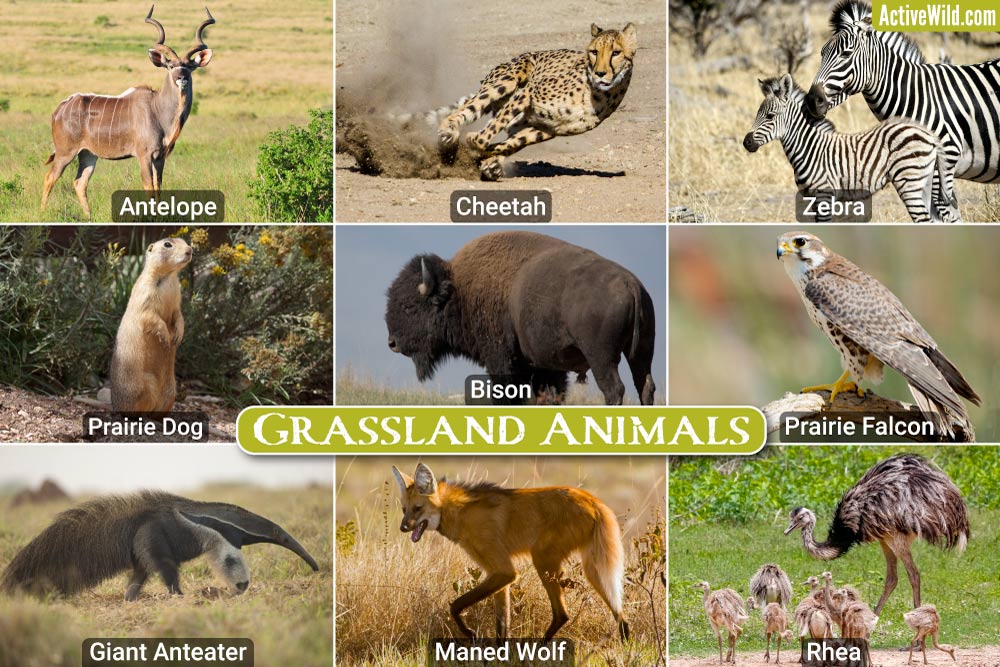
Grassland Ecosystems Around the World
Grassland ecosystems, covering vast expanses of the earth"s surface, vary widely in climate, flora, and fauna. These ecosystems are found on every continent except Antarctica, each with unique characteristics and species.
- African Savannas: Known for their iconic wildlife, including elephants, giraffes, lions, and cheetahs, these tropical grasslands receive seasonal rains and host diverse communities of herbivores and predators.
- North American Prairies: Once covering the central United States and Canada, these temperate grasslands are home to bison, prairie dogs, and a wide variety of birds. They are characterized by tall grasses and deep-rooted plants.
- Asian Steppes: Stretching from Hungary to China, the steppes are vast areas of grassland with extreme temperature variations between summer and winter. They support animals such as saiga antelope, wolves, and various bird species.
- South American Pampas: These fertile plains are found in Argentina and Uruguay, supporting high biodiversity, including many species of grasses, birds like the rhea, and mammals such as the pampas deer and maned wolf.
- Australian Grasslands: Australia"s grasslands provide habitat for unique species such as kangaroos, wallabies, and the emu. These ecosystems vary from the tropical grasslands in the north to temperate regions in the south.
- European Grasslands: Often smaller and fragmented, European grasslands are rich in biodiversity and support a range of species from large herbivores like deer to numerous bird species, insects, and small mammals.
Each grassland ecosystem plays a critical role in our planet"s biodiversity, climate regulation, and agriculture. Despite their importance, grasslands around the world face threats from land conversion, overgrazing, and climate change, underscoring the need for conservation efforts to protect these vital habitats.
READ MORE:
Future of Grassland Ecosystems
The future of grassland ecosystems hinges on our ability to balance human needs with environmental conservation. As these ecosystems face pressures from climate change, land conversion, and overuse, their resilience and capacity to support biodiversity and provide ecosystem services are at risk. However, there are pathways to sustainability and recovery through concerted global efforts.
- Climate Change Adaptation: Implementing strategies to enhance the resilience of grassland ecosystems to climate change, such as preserving genetic diversity, restoring degraded lands, and adapting management practices to future conditions.
- Sustainable Management Practices: Adopting sustainable grazing, farming, and land-use practices that conserve soil, water, and biodiversity, ensuring grasslands can continue to support human livelihoods and wildlife.
- Conservation and Restoration Initiatives: Expanding protected areas, investing in large-scale restoration projects, and encouraging the rewilding of grasslands to restore ecological balances and enhance carbon sequestration.
- Policy and Global Cooperation: Strengthening policies that promote grassland conservation, supporting international agreements on biodiversity and climate change, and fostering collaboration between governments, NGOs, and local communities.
- Research and Monitoring: Enhancing research on grassland ecology, climate impacts, and effective conservation strategies, coupled with monitoring ecosystems to track changes and inform adaptive management.
The future of grassland ecosystems is not predetermined; it depends on the actions taken today. With concerted efforts to mitigate threats, promote sustainable use, and invest in restoration, grasslands can continue to be vibrant, biodiverse ecosystems that support a wealth of species, including humans, well into the future.
Discover the remarkable world of grassland ecosystems, a testament to nature"s resilience and beauty. Embracing conservation and sustainable practices ensures these vital habitats continue to thrive, supporting a rich tapestry of life for generations to come.



